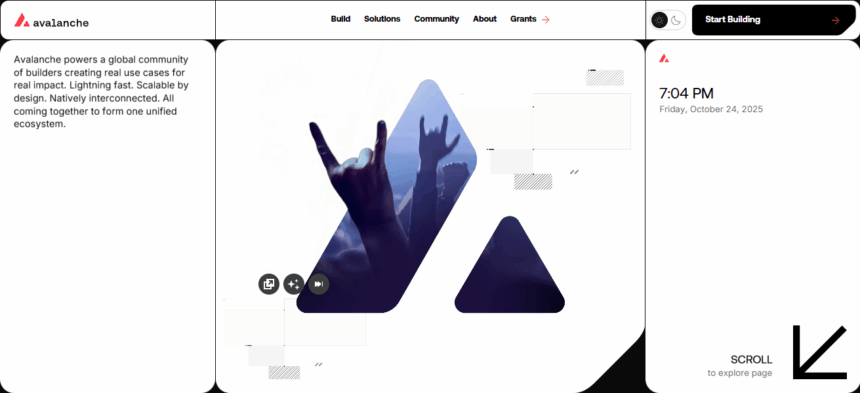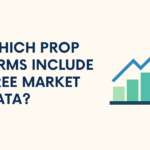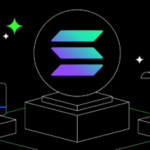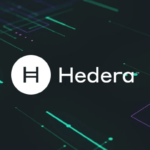In This article will explain what the three blockchains of Avalanche are and the way they integrate to operate the Avalanche network.
Avalanche is the only cryptocurrency which has the tri-blockchain architecture. X-Chain, C-Chain and P-Chain have the different functions which helps in increasing the security, speed and the scalability in the decentralized ecosystem.
Overview
Avalanche is a revolutionary blockchain platform. Designed to be high performing, scalable, and eco friendly, it joins the association of trailblazing technologies that goes beyond the limitations of networks like Bitcoin and Etherum.
Avalanche is distinct from the rest with its unique architecture. Instead of a single blockchain, it operates with three interoperable blockchains
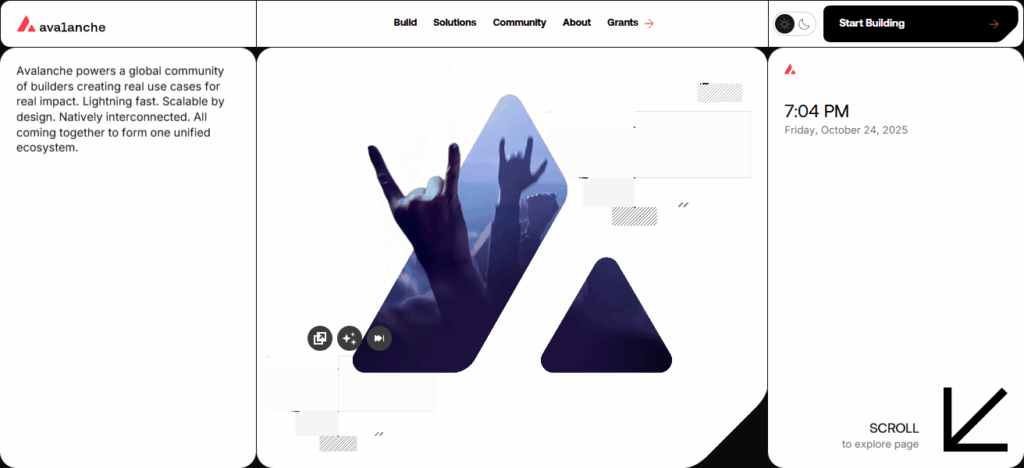
The X-Chain, C-Chain, and P-Chain. Each one of them having a specific function that optimises performance, scalability, and flexibility.
In this article, we will cover all three of the Avalanches blockchains, the roles each one plays, and how they work in cohesion, interdependence, and inter integration to form a robust ecosystem.
1. The X-Chain (Exchange Chain)
The Exchange Chain or X-Chain is the first blockchain of Avalanche, and it is primarily designed for the creation, and transfer of assets. At the core of the X-Chain is the Avalanche consensus protocol. It is the reason for the fast transaction finality of the X-Chain, which is often under a second.
The X-Chain secures all transactions. It’s core function, and the primary use of the Avalanche patented blockchain is asset creation and management.
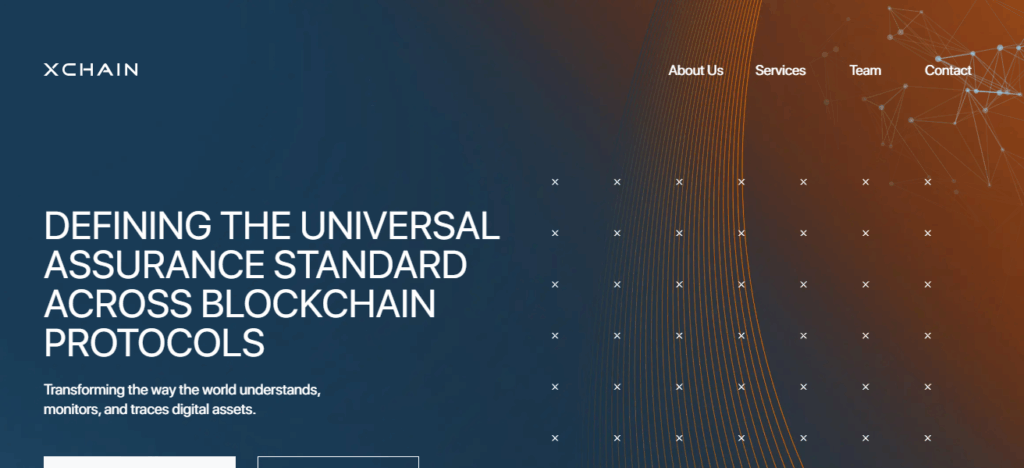
Cost efficient transfer of AVAX (Avalanche native tokens) is possible. In addition to account transfers, users can create more custom digital assets, and for an efficient peer-to-peer transaction the X-Chain is the most reliable.
The X-Chain features:
- Decentralized Asset Transfers: Users can send and receive digital assets seamlessly.
- High Scalability: The X-Chain can handle thousands of transactions every second.
- Secure and Quick Finality: With transactions closing in under one second, it means near instantaneous settlements.
X-Chain is for those wanting to transfer assets swiftly and effectively, particularly traders and developers of tokens for decentralized apps.
2. The C-Chain (Contract Chain)
The C-Chain, or Contract Chain, represents smart contract blockchain of Avalanche. Unlike X-Chain which is focused on asset transfers, C-Chain is fully compatible with Ethereum’s Virtual Machine (EVM).
As a result, developers can deploy Ethereum-based smart contracts with familiar tools like Solidity, MetaMask, and Web3 libraries.
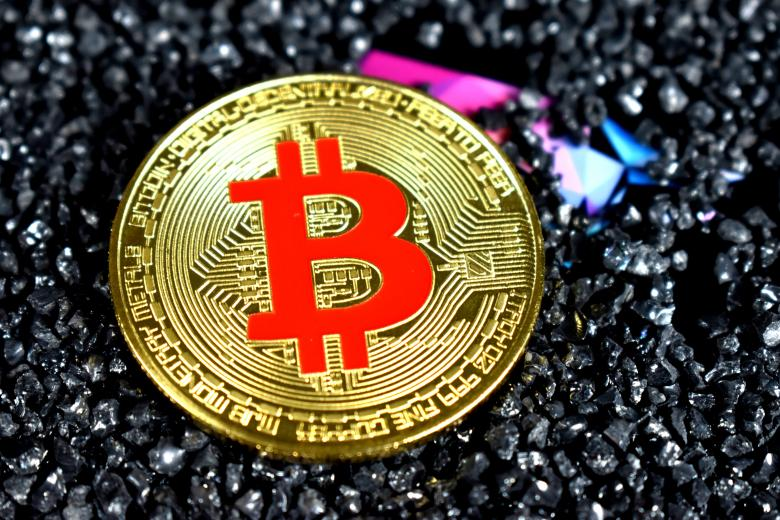
For developers looking to build on Avalanche’s high throughput and low transaction fees, C-Chain is optimized to handle complex decentralized apps and DeFi protocols. Here are some key points:
- EVM Compatibility: Ethereum dApps can be ported to Avalanche with minor adjustments.
- Smart Contract Deployment: Users can develop decentralized apps, including games and finance protocols.
- Efficient Transactions: The C-Chain processes smart contracts and confirms transactions quickly, under one second.
The C-Chain has been critical to Avalanche’s expansion into DeFi. Platforms like Trader Joe and Pangolin depend on C-Chain for an effortless and inexpensive user experience.
3. The P-Chain (Platform Chain)
Centered around network metadata, validator orchestration, and Subnetwork (Subnet) creation/management, the P-Chain serves as the Avalanche network’s administrative branch.

P-Chain has many important functions.
- Validator Coordination: It handles the staking and delegation for validator nodes, who secure the network and authorize transactions on the X-Chain and C-Chain.
- Subnet Management: Subnets are tailored blockchains within the Avalanche ecosystem. The P-Chain permits developers and enterprises to design their own Subnets with specific parameters.
- Network Governance: The P-Chain manages the governance of the overall network with respect to protocol updates, staking rewards, and other overarching network issues.
P-Chain helps Avalanche maintain decentralization and scalability. By allowing the governance and staking mechanisms to operate independently of asset transfers and smart contracts, the P-Chain prevents potential bottlenecks.
How the Three Chains Work Together
Avalanche’s three chains are not isolated. They interoperate seamlessly. For instance, a user can create a custom token on the X-Chain, execute a smart contract involving that token on the C-Chain, and use the P-Chain for staking or governance.
Separating these functions boosts the performance of the network and minimizes congestion, all while ensuring that specialized tasks are optimized.
This is one of the reasons why Avalanche can securely and de-centralizedly perform thousands of transactions in a given second. This has been a huge problem for blockchains like Ethereum.
Conclusion
Avalanche’s three chains—X-Chain, C-Chain, and P-Chain—offers a new vision in the world of blockchain. For the first time, a shack formed the use of divisional assignment in defining the chains for blockchain.
For X-Chain, assets are the core focus, while the C-Chain is built on smart contracts. Conclusively, the P-Chain controls the governance and the design of subnets systems.
All three chains in unison, facilitate a blockchain ecosystem in a new versatile structure, that fuels rapid token transfers, advanced decentralized apps, and network governance in a layer.
Avalanche’s architecture shows that innovation in blockchain is not solely centered on transaction speed or costs, but also on the construction of a system in which all parts work optimally within their functions.
With increased adoption, this multi-chain strategy may likely set a standard for new blockchains aiming to address the challenges of prior blockchains.
FAQ
What is the X-Chain in Avalanche?
The X-Chain (Exchange Chain) is used to create and trade digital assets like AVAX and other tokens efficiently.
What is the C-Chain in Avalanche?
The C-Chain (Contract Chain) supports Ethereum-compatible smart contracts, making it ideal for DeFi apps and dApps.
What is the P-Chain in Avalanche?
The P-Chain (Platform Chain) manages validators, staking, and subnets, ensuring smooth network coordination.
Why does Avalanche use three blockchains?
This tri-chain structure separates functions for better speed, scalability, and security.
Are all three chains connected?
Yes, they work together seamlessly within the Avalanche ecosystem.


